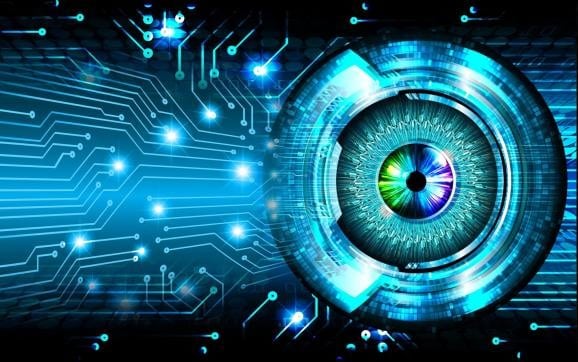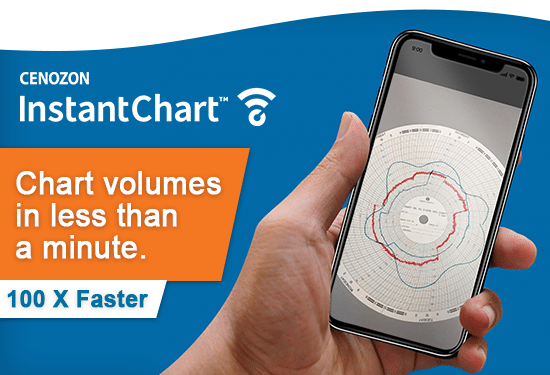July 17, 2018
Image Processing & Computer Vision

By Rui Wang – President, Cenozon
We frequently hear buzz words like “image processing” and “computer vision” when describing technology. Let us investigate what they mean to the average person and how they apply.
Image processing is any form of processing for which the input is an image. The output of image processing can be either an image or a set of characteristics or parameters related to the image. In image processing, the first step is to capture an image with an optical device like a scanner or a camera. This is followed by manipulating or analyzing the image in some way. This step can include image improvement and data summary, or the image is analyzed to find rules that are not seen by the human eyes. Finally, it outputs the result of image processing which might be the image changed in some way or it might be a report based on analysis or result of the images.
Computer vision, on the other hand, is a multidisciplinary subject which uses computers for gaining high-level understanding from digital images. It seeks to automate tasks that the human visual system achieves naturally. Its tasks include methods for acquiring, processing, analyzing and understanding digital images in order to produce numerical or symbolic information on which it can make decisions. Image understanding can be seen as the separation of symbolic information from image data using models based on geometry, physics, statistics, and learning theory. As a scientific discipline, computer vision is concerned with the theory behind artificial systems that extract information from images. As a technological discipline, computer vision seeks to apply its theories and models for the construction of computer vision systems.
Cenozon’s InstantChart uses computer vision and image processing techniques. The image of a meter chart reading which is captured using a mobile device camera by a field technician is sent to the cloud. It is processed to extract information and features using image processing. Using computer vision algorithms, the extracted information is used to understand the image like a human would. Thus meaningful information is extracted and analyzed to automatically compute meter flow volumes in minutes rather than weeks.

